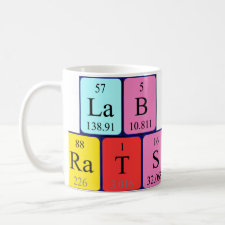
Authors: Silverio OV, So RC, Elnar KJS, Malapit CA, Nepomuceno MCM
Article Title: Development of dieldrin, endosulfan, and hexachlorobenzene-imprinted polymers for dye-displacement array sensing.
Publication date: 2017
Journal: Journal of Applied Polymer Science
Volume: 134
Issue: (2)
Page numbers: ArticleNo44401-ArticleNo44n/a.
DOI: 10.1002/app.44401
Abstract: Due to the toxicity associated with the exposure to organochlorine pesticides, new materials capable of selectively capturing and detecting these compounds are highly desirable. In this study, imprinted polymers were prepared using three organochlorine pesticides - dieldrin (DE), endosulfan (EN), or hexachlorobenzene (HCB) as templates. The MIPs were polymerized via precipitation polymerization. The yields were over 90% with particle sizes ranging from 62 to 214 nm. Binding studies combined with GC-ECD analysis showed that each template is more selective to its corresponding MIP compared with the other two structurally homologous templates. These results were consistent with those obtained using UV-vis where more bromocresol green (BCG) dye was released when higher template concentrations were introduced to the corresponding BCG-impregnated MIPs. Since unique selectivity response pattern for each of the MIPs was obtained, this demonstrated that the MIPs were selective and can be potentially used in dye-displacement array sensing. © 2016 Wiley Periodicals, Inc. J. Appl. Polym. Sci. 2017, 134, 44401
Template and target information: organochlorine pesticides, dieldrin, DE, endosulfan, EN, hexachlorobenzene, HCB
Author keywords: adsorption, molecular recognition, nanoparticles, porous materials



Join the Society for Molecular Imprinting

New items RSS feed
Sign-up for e-mail updates:
Choose between receiving an occasional newsletter or more frequent e-mail alerts.
Click here to go to the sign-up page.
Is your name elemental or peptidic? Enter your name and find out by clicking either of the buttons below!
Other products you may like:
 MIPdatabase
MIPdatabase









